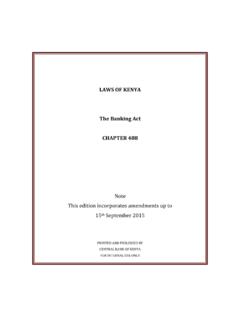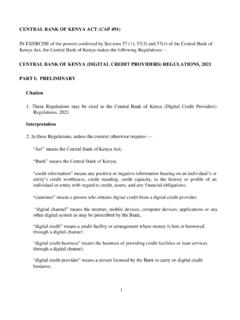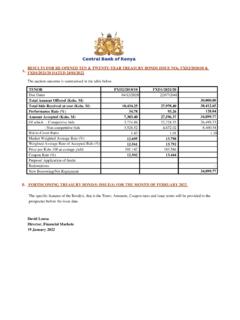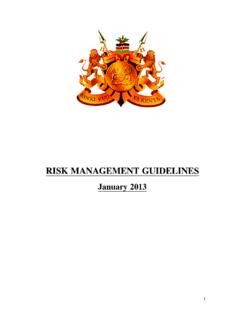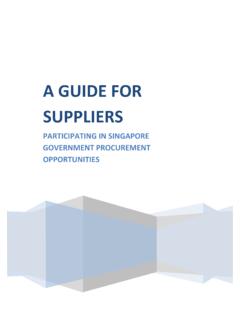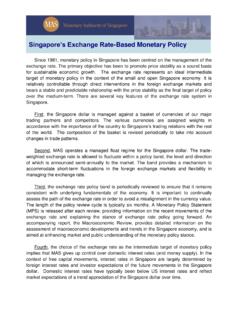Transcription of CENTRAL BANK OF KENYA
1 Discussion Paper on CENTRAL Bank Digital Currency CONTENTS. 1. EXECUTIVE 2. 3. WHAT IS CBDC?..7. 4. OVERVIEW OF KENYA 'S PAYMENTS 8. 5. CBDC OPPORTUNITIES AND Overview of other jurisdictions' 6. APPLICABILITY OF CBDC IN Key elements for Use case for a Kenyan 7. 8. CALL FOR C E N T R A L B A N K O F K E N YA. Discussion Paper on CENTRAL Bank Digital Currency 1. EXECUTIVE SUMMARY. Rapid technological innovation is ushering in a new era of public and private digital money. The transition to digital payments has been accelerated by the proliferation and easy access to mobile devices, as well as the emergence of Fintech firms that constantly innovate new products to run on these devices.
2 New digital currencies have emerged to facilitate payment transactions. They include: Electronic Money (e-Money), Cryptocurrency, Stable Coin, and CENTRAL Bank Digital Currency (CBDC). CBDC is a digital currency issued by the CENTRAL bank and intended to serve as legal tender. Following the outbreak of the coronavirus (COVID-19) pandemic, digital platforms have emerged as important financial inclusion tools across the world. To reap the full benefits and manage risks, policymakers are looking to step up. CENTRAL banks are exploring the possibility of rolling out CBDC. solutions to meet their future payments needs in a digital economy. According to a 2021 survey of CENTRAL banks by the Bank for International Settlements (BIS), 86 percent of CENTRAL banks are actively researching the potential for CBDCs, 60 percent were experimenting with the technology and 14 percent were deploying pilot projects.
3 The CENTRAL Bank of KENYA (CBK) has been at the forefront of monitoring these developments. This is critical given that policy choices among CENTRAL banks globally should reflect the specific jurisdiction requirements and circumstances at a point in time. This has informed the development of this discussion paper which is centred on the following key focus areas: i) KENYA 's Payments Landscape National Payment Systems in KENYA are classified into two categories in terms of values and volumes processed: a) Large Value (Wholesale) Payment Systems including the KENYA Electronic Payment and Settlement System (KEPSS), East African Payment System (EAPS), Regional Payment and Settlement System (REPSS) and Society for Worldwide Interbank Financial Telecommunication (SWIFT).
4 These are used to process domestic large value payments, cross-border payments and remittances. While strides have been made to reduce the cost of cross border remittances in KENYA from over 15 percent in the last 10 years to percent as at end of 2020, the cost is still beyond the Sustainable Development Goal of 3 percent by 2030. b) Low Value (Retail) Payment Systems, which include mobile phone money transfer services/e- wallets, Automated Clearing House (ACH), card payments, Pesalink (inter-bank transfer). The Kenyan domestic payment landscape is comprised of public and private sector players, including CBK and Payment Service Providers (PSPs).
5 The ecosystem is a mix of cash and digital currencies, including mobile money, which led to increased financial inclusion to percent in 2021. KENYA ranks third after Mongolia and China in financial inclusion out of 52 countries within emerging markets and developing economies.. 1 This is a form of a privately issued digital asset based on a network that is distributed across a large number of computers. 2A stable coin is a crypto asset that aims to maintain a stable value relative to a specified asset, or a pool of assets. A Global Stable Coin (GSC) is a stable coin with a potential reach and adoption across multiple jurisdictions. 3 4 According to the CBK FinAccess report, 2021.
6 5 Source: IMF Working Paper of 2021 on Measuring Digital Financial Inclusion in Emerging Market and Developing Economies: 1 C E N T R A L B A N K O F K E N YA. Discussion Paper on CENTRAL Bank Digital Currency Globally, new technologies and innovations, including Distributed Ledger Technology (DLT), Decentralized Finance (De-Fi) and embedded finance, are at early stages of implementation. CBK. continues to monitor these developments closely to ensure KENYA 's Payment System remains relevant and fit for purpose. ii) CBDC: Opportunities and Risks CENTRAL banks exploring CBDC issuance cite different objectives, including mitigating systemic risks, financial stability and payments resilience, enhanced cross border payments, customer protection, promoting innovation and financial inclusion.
7 Conversely, there are significant potential risks with CBDC issuance. These include financial exclusion, technology risks, competing with bank deposits and undermining bank intermediation, hampering monetary policy transmission, Anti-Money Laundering and Combating the Financing of Terrorism (AML/CFT) and data privacy balance and infrastructure costs. iii) Overview of Other Jurisdictions' CBDC Projects Bahamas' Sand Dollar: The Sand Dollar project was launched in December 2019, by the CENTRAL Bank of Bahamas to provide a digital alternative to tackle the problems of physical cash distribution over geographically dispersed rural island communities.
8 Eastern Caribbean's DCash: The Eastern Caribbean CENTRAL Bank (ECCB) issued DCash as a pilot to banks and approved non-bank financial institutions on a private permissioned blockchain network. Similar to the Sand Dollar, DCash aims to tackle difficulties in physical distribution of cash over ECCB's set of islands by providing a digital alternative. singapore 's Project Ubin: monetary authority of singapore (MAS) has collaborated with other countries Canada and Thailand in experimenting CBDC cross-border payments. Bank of England (BOE) is exploring CBDC due to the decrease in use of banknotes in England and increase in the use of privately issued money and alternative payment methods.
9 Sweden's e-Krona: In response to the decline in the usage of cash in Sweden, the CENTRAL Bank of Sweden is seeking to implement a retail digital currency. Canada's Project Jasper: The Bank of Canada's (BOC) current focus is on the retail use of a CBDC as a complement to banknotes, specifically as a contingency plan. BIS' Project Dunbar: In September 2021, the Bank for International Settlements (BIS). Innovation Hub, the Reserve Bank of Australia, Bank Negara Malaysia, monetary authority of singapore , and South African Reserve Bank joined forces to test the use of CBDCs issued by multiple CENTRAL banks for international settlements. BIS' Project mBridge: In September 2021, BIS reported that a prototype of multiple CBDCs (m-CBDCs) developed by BIS, Hong Kong monetary authority , Bank of Thailand, CENTRAL Bank of the UAE, and People's Bank of China, showed potential to shorten cross-border transaction time from 3-5 days to less than 10 seconds.
10 Further, the platform cut the overall costs associated with international payments by half. 6 Decentralized finance (De-Fi) is blockchain-based forms of finance that do not rely on centralized intermediaries such as banks. C E N T R A L B A N K O F K E N YA 2. Discussion Paper on CENTRAL Bank Digital Currency China's digital Yuan: China entered the next phase in its planned digital Yuan rollout, targeting to make digital Yuan available to international visitors during the 2022 Beijing Winter Olympics. China aims to utilize the 2022 Winter Olympics in Beijing to upscale digital Yuan trials. Digital Turkish Lira: The CENTRAL Bank of the Republic of Turkey (CBRT) has begun to develop a prototype for a Digital Turkish Lira and run pilot tests.
